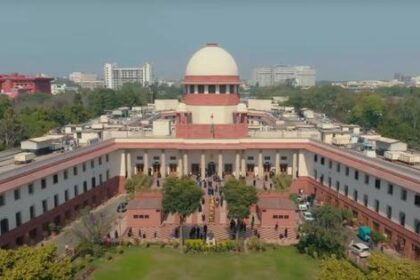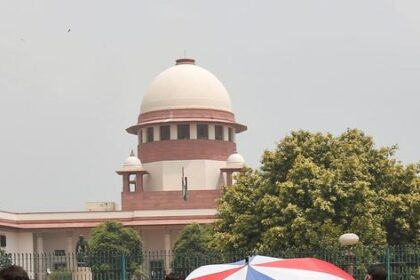Exploring the historical and social factors contributing to the Indian Left’s diminishing influence.
Saira Shah Halim’s new book, ‘Comrades and Comebacks: The Battle of the Left to Win the Indian Mind’, delves into the decline of the Indian Left, which was once a significant force in the country’s political landscape. The narrative begins with a stark contrast to the past, where approximately two decades ago, the communist parties in India were recognized as the third-largest political alliance, securing 59 seats in the Lok Sabha during their peak. However, the 2019 elections marked a historic low for the Left, with only five seats won, a trend that saw a slight recovery in 2024 with nine seats, including victories for various Left parties across states like Tamil Nadu, Kerala, and Bihar.
This shift in electoral fortunes raises critical questions regarding the viability of left-wing politics in a nation characterized by vast social injustices and inequalities. Despite the rising challenges posed by neoliberal capitalism and Hindutva ideologies, the Left has struggled to expand its influence. Once a diverse spectrum of political thought, the Indian Left has seen its range contract significantly over the years. The once-vibrant coalition of parliamentary and non-parliamentary parties, socialist movements, and radical agendas has diminished, leaving a fragmented political landscape.
The historical context reveals that the Left once thrived on a multitude of movements, including anti-caste activism and various socialist currents. Groups like the peasants and workers party and the Revolutionary Communist Party once played vital roles in regional politics. However, many of these entities have weakened or disbanded, leading to a lack of coherent organizational expression among socialists. The rise of identity politics and regional parties in the 1980s and 1990s further complicated the Left’s position, as these parties increasingly focused on local issues over national ones, thereby shifting the political dynamics.
Additionally, the emergence of neoliberalism in the 1990s has posed further challenges. As economic liberalization gained traction, the urban middle class, drawn to the promises of growth and consumerism, began to distance themselves from the traditional Left. The decline in solidarity with labor rights and social equality has made it increasingly difficult for the Left to connect with the aspirations of this new electorate.
Amidst this backdrop, Halim’s work prompts an exploration of the fundamental reasons behind the Left’s inability to regain its footing in Indian politics. The decline of the Left not only reflects changing political priorities but also a broader transformation in the socio-economic landscape of India. As the country grapples with issues of inequality and human rights violations, the question remains: can the Left adapt to reclaim its relevance in a rapidly evolving political environment?








